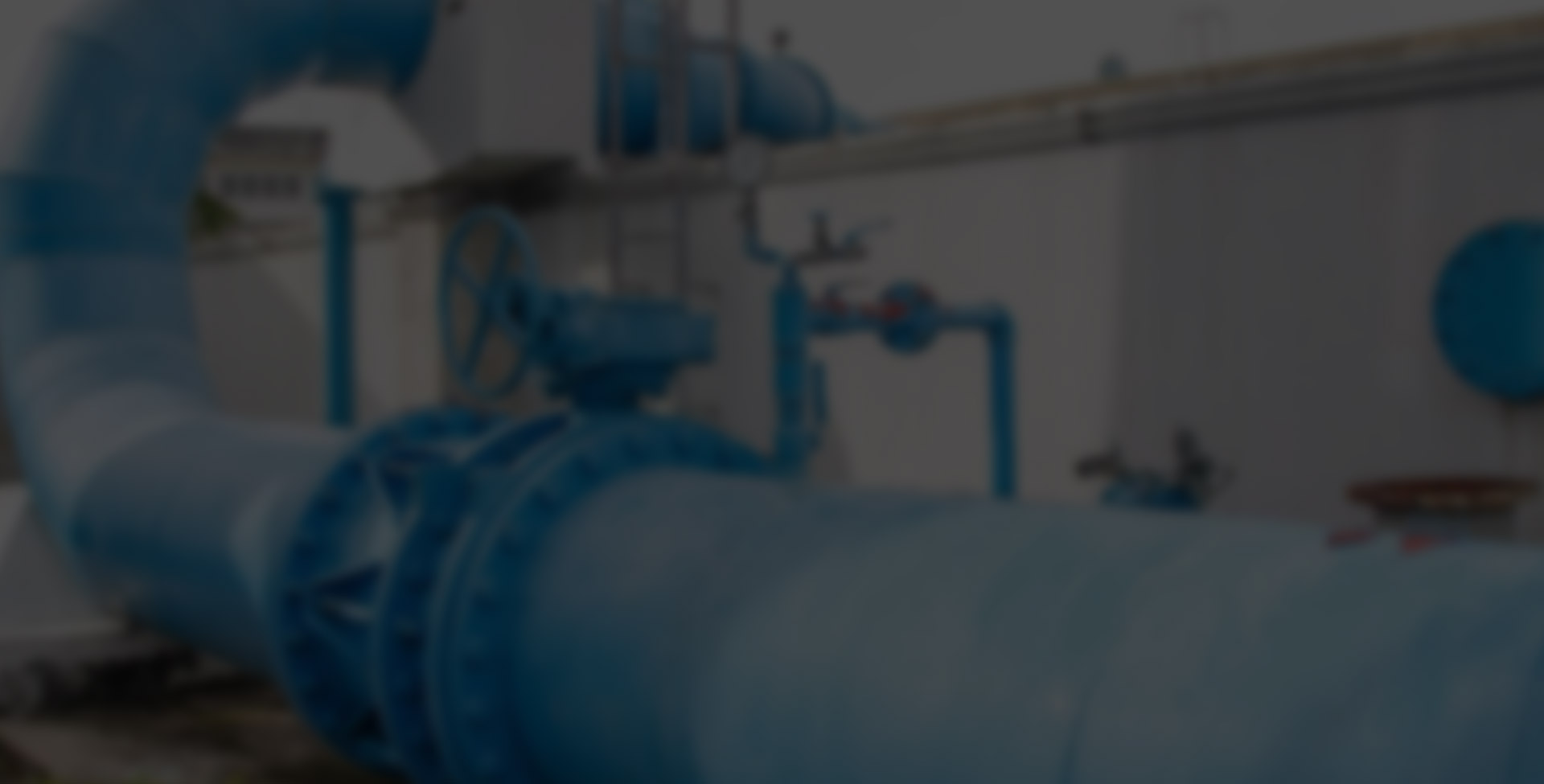
 Return
Return
Valve soft seal and hard seal difference: how to choose?
Add:2018-06-04Read:1090
1. Soft seal
In addition to corrosion-resistant lining valves, the general soft-sealing valve refers to the spool or seat of one of the two non-metallic materials (mainly polytetrafluoroethylene, as well as rubber, etc.) in the sealing form of the valve. Soft sealing valve has the best sealing effect, but it may leave more or less unclean impurities (such as welding slag, iron chips, etc.) in pipeline installation and system cleaning. When they flow through the regulating valve, they are easy to scratch the soft sealing seat or valve core, so as to increase leakage and poor sealing reliability. Therefore, choosing the soft seal structure must consider the cleaning of the medium and strictly washing the pipeline before commissioning.
2. Hard seal
Hard sealing, re surfacing, wear-resistant alloy and so on are the best choice for shut-off valves. This method considers both the service life and the reliability of the seal. Although the factory target is only 10-6-10-8, it can not reach the zero leakage effect of the soft seal, but it is enough to meet the requirement of strict close breaking. Moreover, it is durable and economical.
 Back
Back





